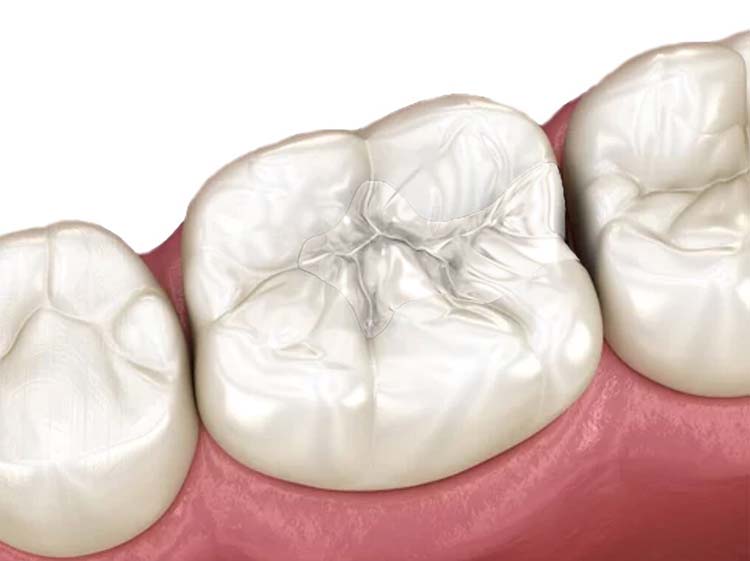
Composite Fillings
When treating a cavity, the dentist will remove the decayed portion of your tooth and fill it with another substance. This procedure is called a filling. There are multiple options for the material to be used in the filling, the most common of which are composite fillings and amalgam fillings.
A composite filling is also known as a tooth colored filling, since the material used in the filling can be closely matched to the color of your teeth. Composite fillings provide good durability for small to medium cavities, and the procedure typically involves removing less of a tooth than you would during an amalgam filling. They are also particularly well suited for treating front or highly visible teeth because of their natural look.
Composite fillings offer several advantages over amalgam fillings that include enhanced smile and conservation of tooth structure. Tooth-colored fillings can be used to fill cavities as they bond perfectly to the teeth. Amalgam fillings, on the other hand, release low levels of mercury in the form of vapors that can be especially dangerous to the kidneys and brain. Some recent studies suggest amalgam fillings have greater longevity.
Composite fillings last for a shorter-term and may have to be replaced. For placing composite fillings, dentists have to keep teeth moisture-free before the filling is done. Sometimes, composite fillings can potentially induce post operative sensitivity when they are exposed to hot and cold foods and beverages. In most cases, the sensitivity should go away quickly after your tooth is accustomed to the new filling.
#composite fillings
.
